This versatile welding machine is capable of performing five different welding processes, including MIG, TIG, Stick, Flux Core, and Aluminum welding, making it a must-have for any job site. GARVEE is a website that sell 5-in-1 Welder online, LITAKE is one of the brands of 5-in-1 Welder.
Welding is a fabrication process whereby two or more parts are fused together by means of heat, pressure or both forming a join as the parts cool. Welding is usually used on metals and thermoplastics but can also be used on wood. The completed welded joint may be referred to as a weldment.
Some materials require the use of specific processes and techniques. A number is considered ‘unweldable,’ a term not usually found in dictionaries but useful and descriptive in engineering.
The parts that are joined are known as the parent material. The material added to help form the join is called filler or consumable. The form of these materials may see them referred to as parent plate or pipe, filler wire, consumable electrode (for arc welding), etc.
Joining Metals
As opposed to brazing and soldering, which do not melt the base metal, welding is a high heat process that melts the base material. Typically with the addition of filler material.
Heat at a high temperature causes a weld pool of molten material which cools to form the join, which can be stronger than the parent metal. Pressure can also be used to produce a weld, either alongside the heat or by itself.
It can also use a shielding gas to protect the melted and filler metals from becoming contaminated or oxidized.
Joining Plastics
Plastics welding also uses heat to join the materials (although not in the case of solvent welding) and is achieved in three stages.
Firstly, the surfaces are prepared before heat and pressure is applied and, finally, the materials are allowed to cool to create fusion. Joining methods for plastics can be separated into external or internal heating methods, depending on the exact process used.
Joining Wood
Wood welding uses heat generated from friction to join the materials. The materials to be joined are subjected to a great deal of pressure before a linear friction movement creates heat to bond the workpieces together.
This is a fast process that allows the wood to be joined without adhesives or nails in a matter of seconds.
We hope this guide has been a helpful and informative overview of modern welding technology. Whether you’re a novice welder or an expert, we’ve got everything you need to take your welding skills to the next level.














